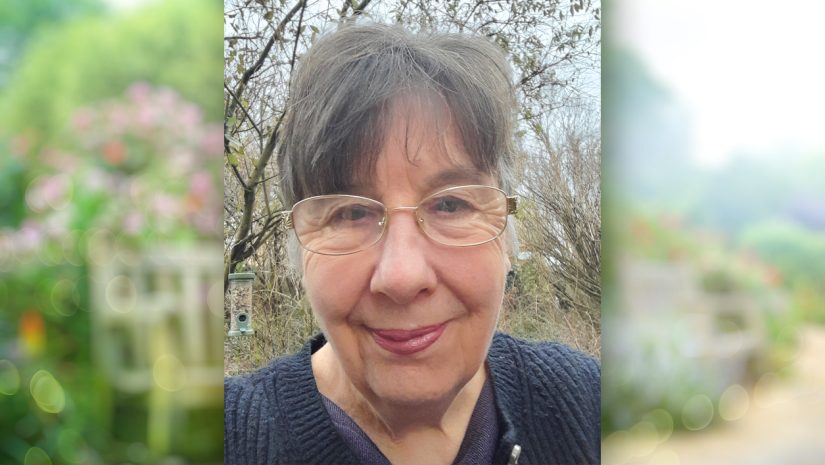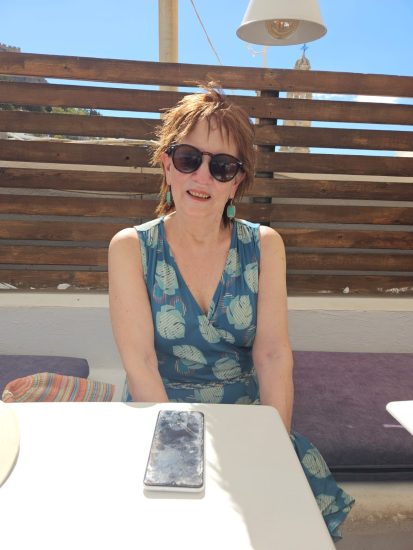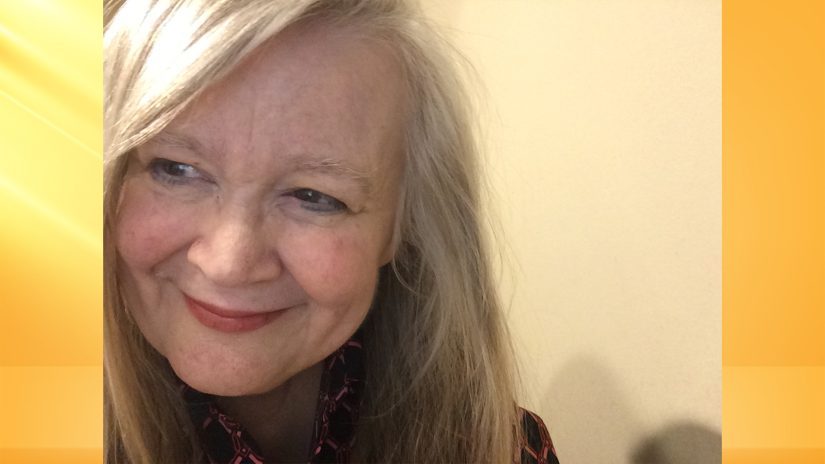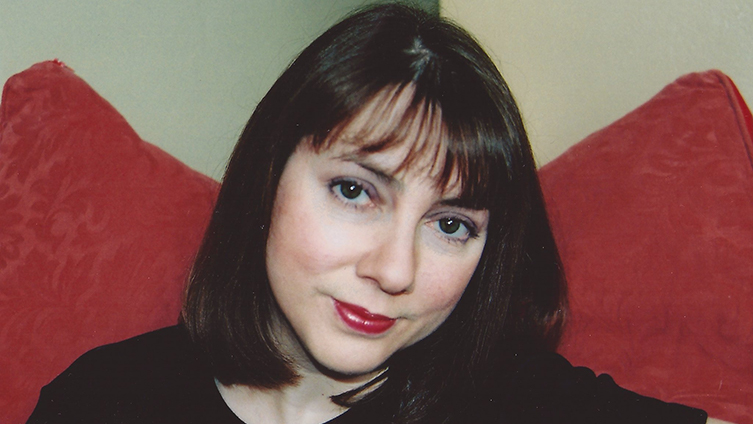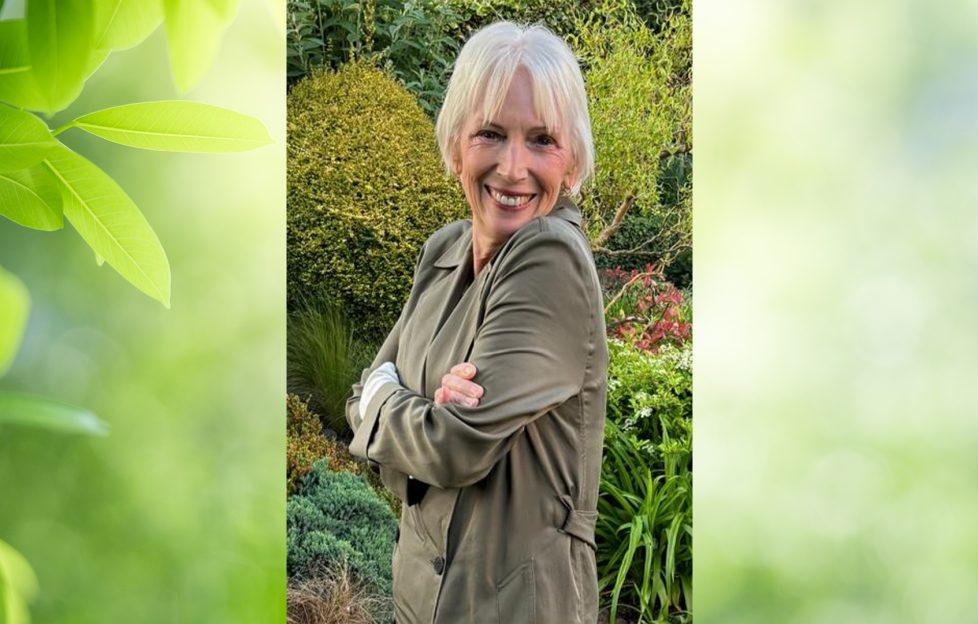
Our Writer Of The Week is S.F. Taylor, whose story, “Dear Jack”, is in the July 20 issue, on sale this week.
“Dear Jack” makes for a reflective, honest read. Do you think fiction often mirrors real life?
Oh yes! I want a reader to come along with me in my stories and think, I know that feeling. Or, at the very least, I want them to imagine they can.
That’s what draws you in; you need to like or care about the character, good or bad. When I write, my imagination runs free. But there is always that element of plausibility that makes it real.
You did an excellent job of capturing the characters’ emotions. Was it difficult to highlight this at the risk of painting any of the characters in a bad light?
We are all a mixed bag of emotions. Rarely is anyone all good or all bad. I like my characters to show their humanity when they have difficult decisions to make. We all love a love story and, as much as we want a happy ending, it sometimes comes at a cost. But that’s what makes the reader want to turn the page. Will she, or won’t she?
Perhaps I will write another version of “Dear Jack”, and she will go with him; make decisions that make you say, “No – don’t do it!” There, you’ve given me an idea.
Which genres do you like to read? Any favourite authors?
I love absorbing stories with characters that draw me in, so genre is not always relevant to what I read; although I confess I am not a reader of sci-fi or fantasy. At fifteen, I fell in love with the Brontës. I wanted to be Cathy roaming the Yorkshire Moors with Heathcliff, or a Jane Austen character attending a ball and finding Mr Darcy waiting just for me.
I still love the classics, but today I’m also happy with authors like Susan Hill, Sarah Waters and Isabel Allende. Susan Hill writes a brilliant ghost story. Reading is a great pleasure in life and there’s nothing I like more than rummaging in a bookshop in search of something new.
When I found the biggest second-hand bookshop in the UK with a train running through it, it made my day and I never wanted to leave.
Are you the same writer now as you were when you first started your writing journey?
No, not at all. Writing is a big learning curve where there is always room for improvement. And I like to think it improves as I go along. One thing I have learned on the way is to tailor my writing to the reader I am writing it for, so I do try to have that person in mind.
In 2010 I studied for a degree in creative writing, which helped me develop my craft enormously. The imaginative side comes from a wide range of sources, many of which have been very unexpected.
Notebook and pencil or laptop? Kitchen table or study? Blank wall or inspiring view?
I always have a notebook in my bag and one beside my bed. Some of my best ideas have popped up out of nowhere in the middle of the night or on the train. The serious part of writing, though, is on my laptop.
I write in my study on a big table where I can spread out my notes or research. The walls around me are filled with playbills, posters and a rogues’ gallery of my family. They have been up there so long, they don’t disturb my train of thought.
However, when I am stuck on which way a story should go, I sometimes go for a run by the sea. It’s quite handy as I live only two minutes away – but not so good in a gale-force wind! The answer always comes to me, though, usually when I have run out of steam.
What’s your one top tip for aspiring writers?
Whether you are writing a short story or a novel, my tip is to start with a little biography of your main characters. How old, how tall, how attractive? Are they prissy and fussy, or calm and collected? Know your characters as you know a friend and they will lead you by the pen as your story develops.
In my last novel, I came to love one of the side characters so well that she will star in the next. She was no beauty, and not particularly outspoken, but she had a rod of steel in her spine and made interesting decisions that seriously affected the plot.

